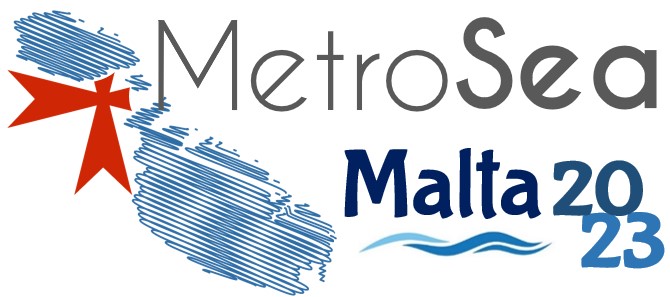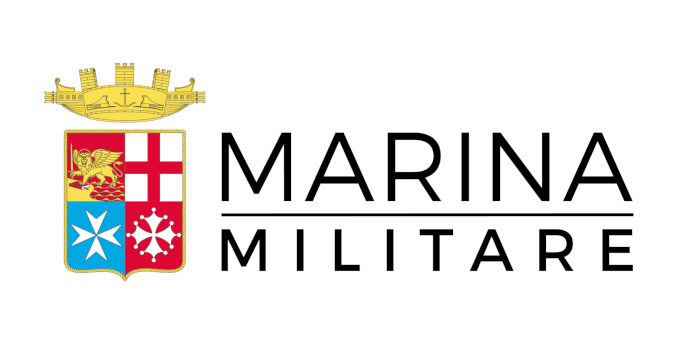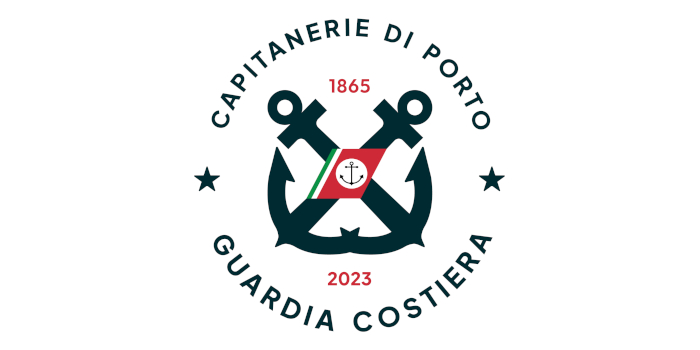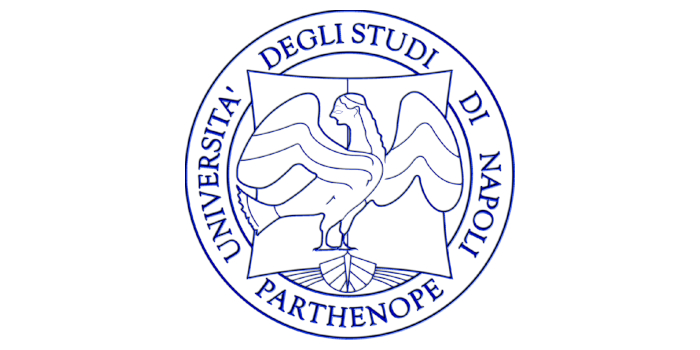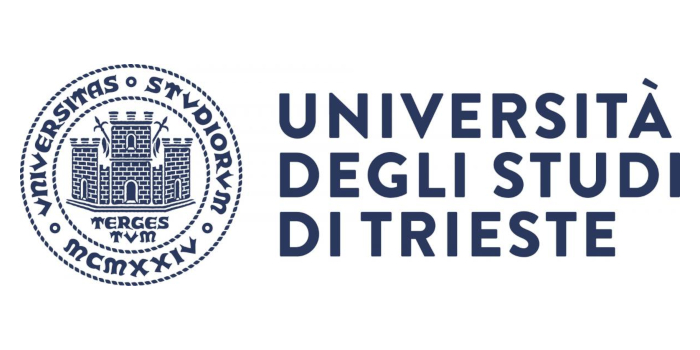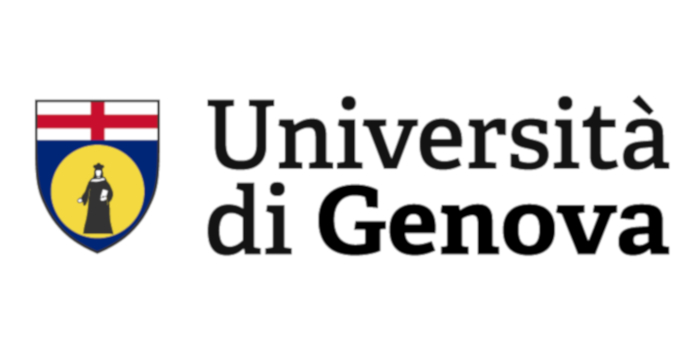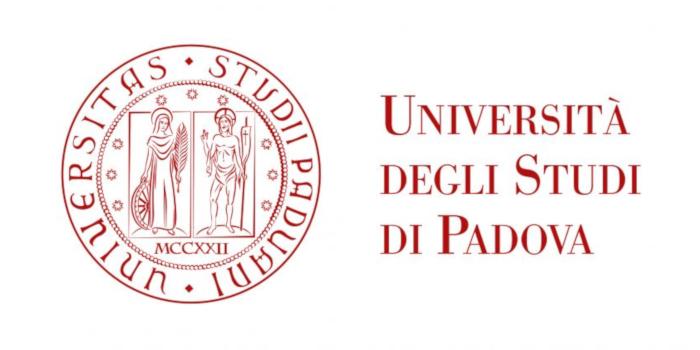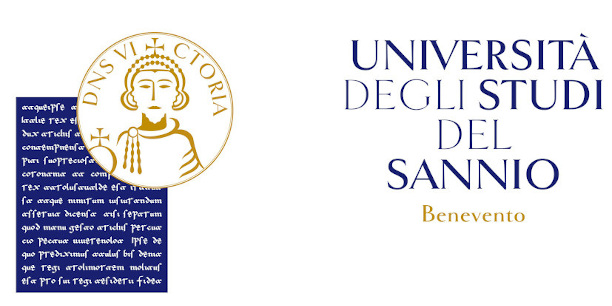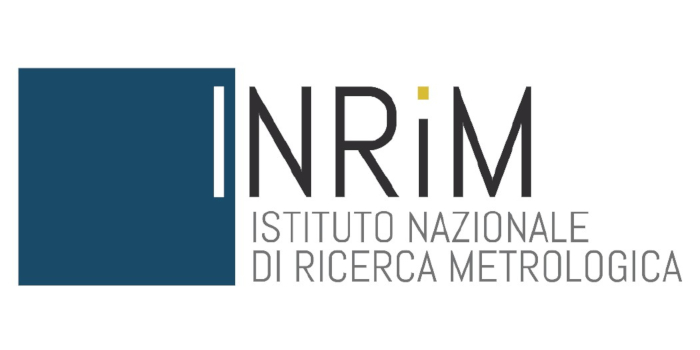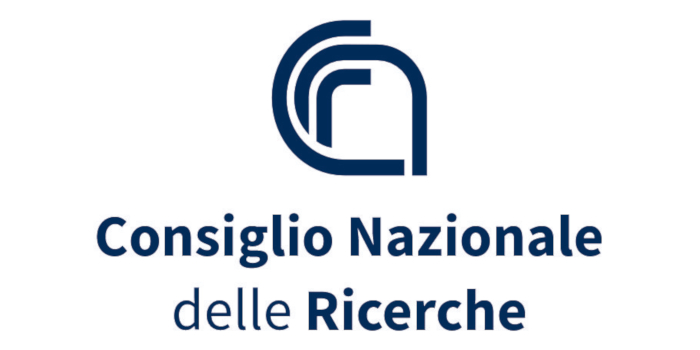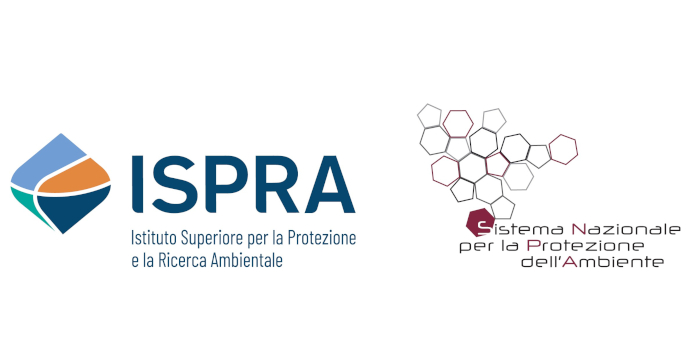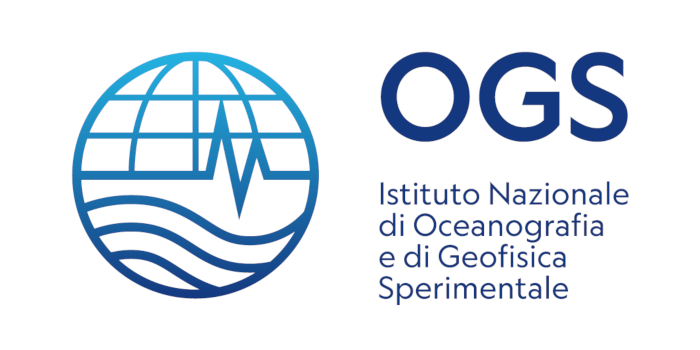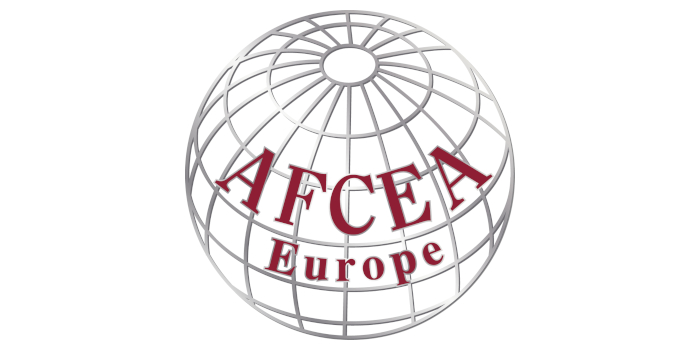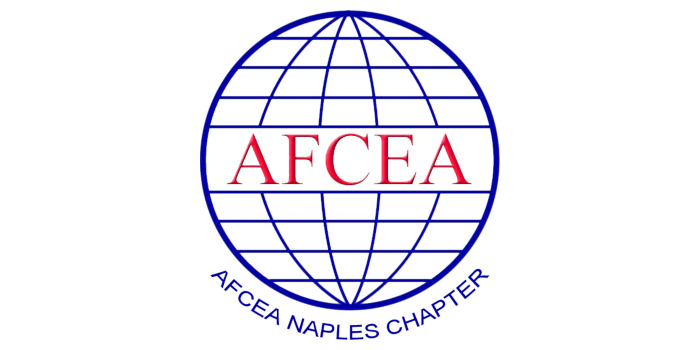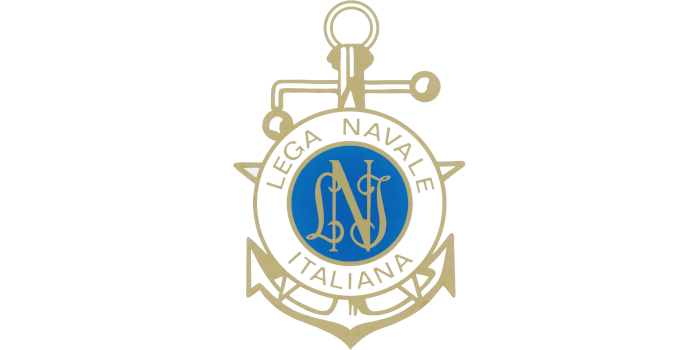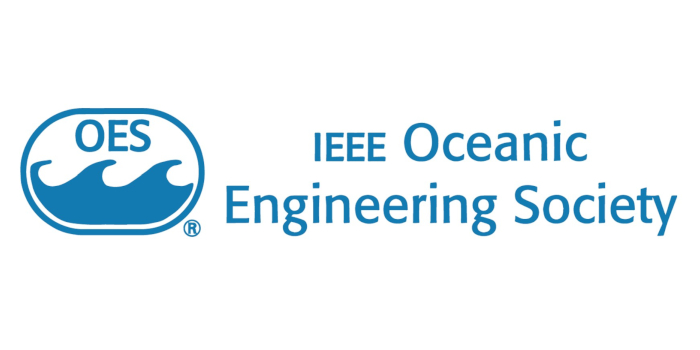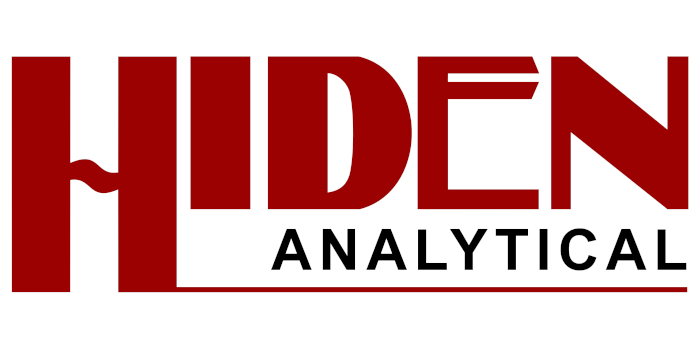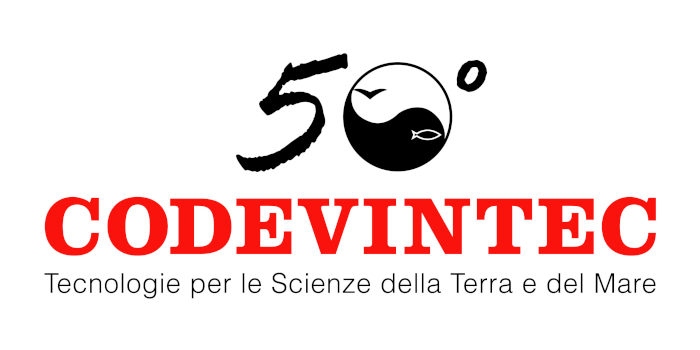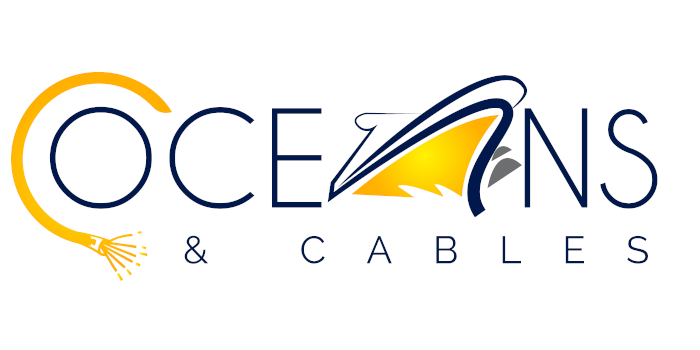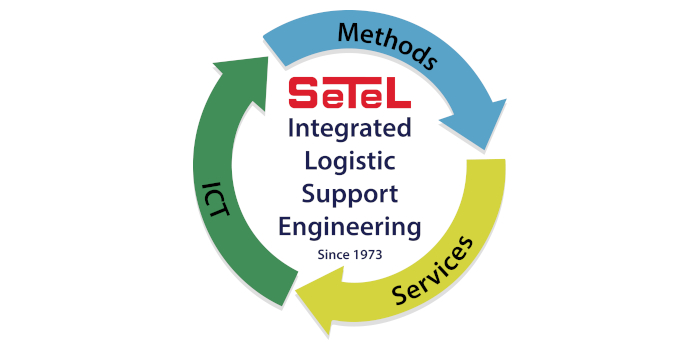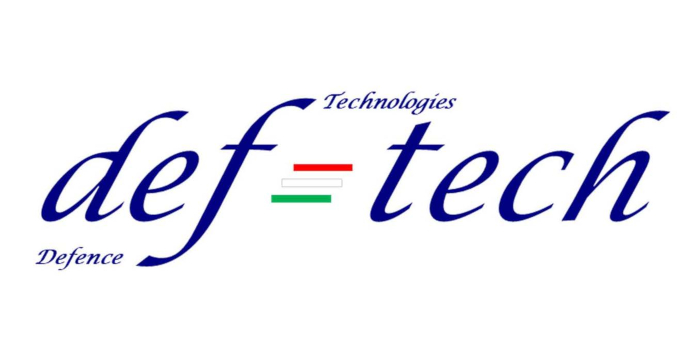KEYNOTE
Metrology to support satellite measurements of the ocean
Emma Woolliams
National Physical Laboratory - NPL, UK
ABSTRACT
The continuous, operational measurements of the oceans provided by satellites are essential to understanding and responding to climate change. They also support safe, sustainable, and fair use of the oceans for food, water, energy, and transportation and support disaster-warning applications. Many of the Global Ocean Observing System’s (GOOS) essential ocean variables (EOVs), which include the Global Climate Observing System’s essential climate variables (ECVs), are measured by satellites.
It is a principle of both GCOS ECVs and GOOS EOVs, as well as of the Quality Assurance framework for Earth Observation (QA4EO), that the data are provided with detailed metadata and come with an associated indicator of quality traceable to reference standards. QA4EO and the 2022 GCOS Implementation Plan require traceability to a community-agreed reference standard: preferably SI. However, there are challenges performing satellite uncertainty analysis. Satellite data are processed through long processing chains involving different engineering and scientific communities, they are inherently multi-dimensional with complex error covariance structures and applications that use information on very different spatial and temporal scales. Finally, satellite data sets are extremely large and traditional metrological approaches may be computationally too expensive or even impossible. For these reasons, satellite observations need specific tools and guidelines on how to apply standard metrological methodologies.
This presentation will discuss the work of a wide range of collaborative projects, where NPL’s Climate and Earth Observation group have worked with partner organisations to apply metrological principles both to satellite data products and to in situ observations that are used in the calibration and validation of satellite products. It will discuss applications of sea surface temperature (from infrared radiometric sensors on satellites and boats, and thermometers on buoys), ocean colour (from visible radiometric satellite sensors and in situ measurements), sea level (from altimeters) and sea ice thickness (from altimeters and in situ measurements). The presentation will introduce the ‘five steps to a metrological uncertainty assessment’ that have been refined from work on these different applications and present the CoMet software toolkit that supports the rigorous propagation of uncertainties in satellite data.
SPEAKER BIOGRAPHY
Emma Woolliams graduated from Imperial College London in 1998 and has worked at the National Physical Laboratory since then. Her PhD was on the establishment of the UK’s primary spectral irradiance scale. In her early career, she worked as a laboratory metrologist specializing in radiometry and conducting international comparisons to ensure SI consistency. This naturally led to work on radiometric satellite sensors - first for pre-flight calibrations, then for assessing uncertainty in level 1 data. She was the lead metrologist on the FIDUCEO project that established methods for considering the uncertainty of historical satellite sensors. Having built a successful team of scientists who focus on applying metrology approaches to a wide range of radiometric sensors, Emma has now switched focus to radar altimeters and other active sensors. Emma Woolliams is also chair of the European Metrology Network for Climate and Ocean Observation and facilitated the BIPM-WMO workshop in September 2022 on Metrology for Climate Action.
